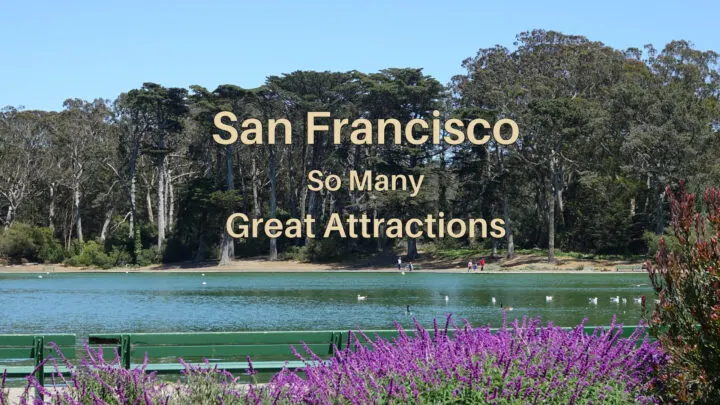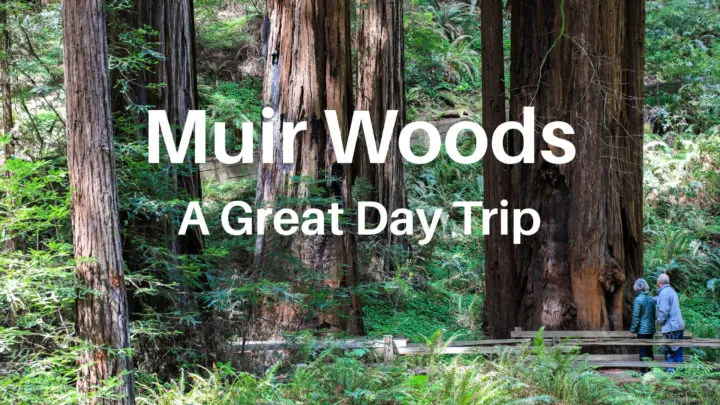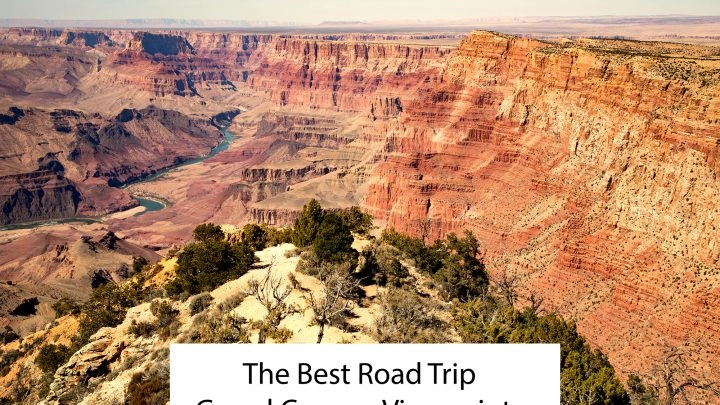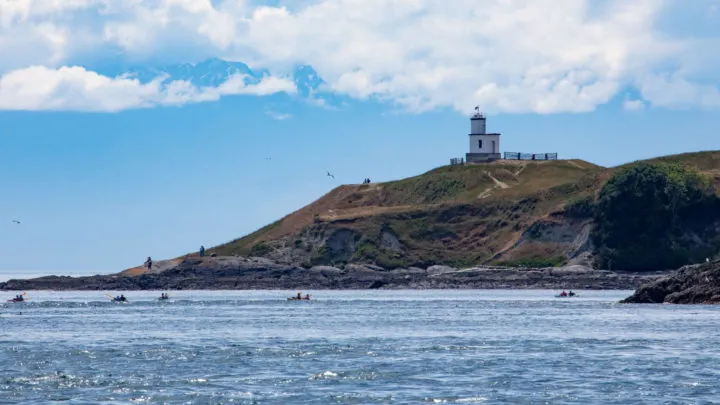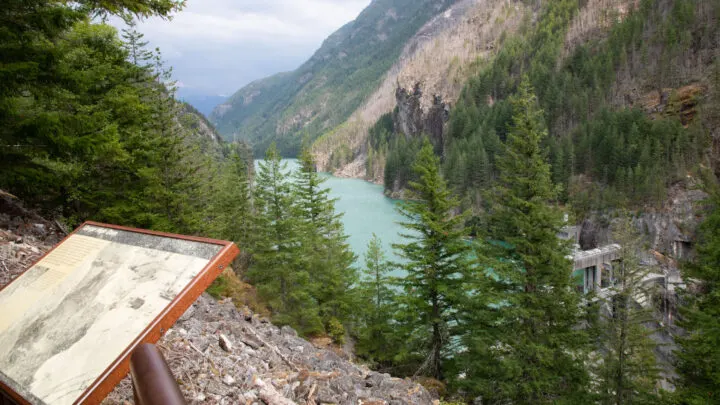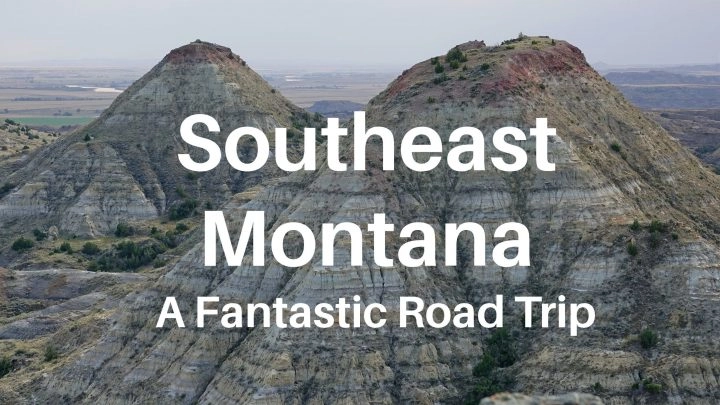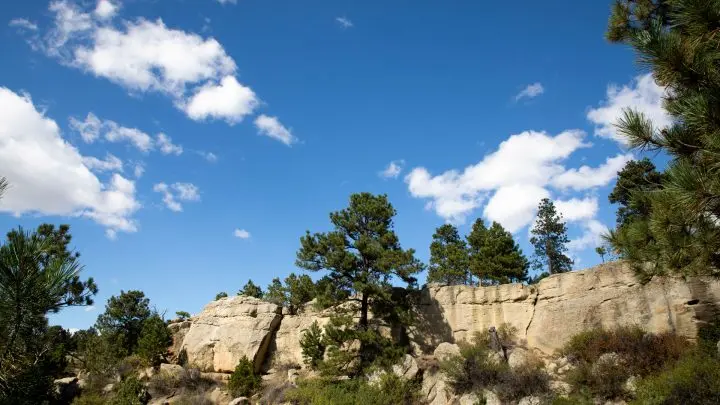Would you like to experience two beautiful works of art and also see great San Francisco views? Walk up both the Hidden Garden Steps and 16th Avenue Mosaic Stairs and visit Grandview Park.
This hike is unusual because it’s about seeing and experiencing three great sights that happen to be really close together. Two of the sights are block-long staircases that have been transformed into gorgeous works of art with the addition of mosaic tile murals. The third is a small park at the top of a hill with amazing 360-degree views of San Francisco and beyond.
The two sets of steps and the park are each worth the journey. Combining them into one outing makes this a really special hike. Even though the 1-way walking distance is just over half a mile, you’ll get some serious exercise because it’s mostly uphill and there are four sets of stairs totaling 478 stairsteps.
The three sights in the trek are the Hidden Garden Steps, the 16th Avenue Tiled Steps, and Grandview Park. There’s a good reason why I start the hike at the bottom of the Hidden Garden Steps and walk uphill. The mosaic tiles are on the stairstep risers; you won’t see the murals from the top or see them very well when walking down. Walk up for the best experience.
This article is part of a series of urban hikes in San Francisco. For more ideas about things to see and do, see our San Francisco itinerary post.
Here’s what’s in this post:
- Trail at a glance (length, difficulty, amenities)
- A Google map with the trail plotted and sights pinned
- Hidden Garden Steps (with California wildlife mural)
- 16th Avenue Tiled Steps (with Sea to Stars mural)
- Grandview Park (with great 360-degree views)
- Best time to go
- Getting there: parking and public transit

At a Glance: Hidden Garden Steps, 16th Avenue Tiled Steps, and Grandview Park
| Distance (1-way) | 0.54 miles (0.86 km) |
| Difficulty | Moderate to Difficult (478 stairsteps) |
| Accessible | No |
| Kids | Yes |
| Dogs (leased) | Yes |
| Bikes | No |
| Food, water | No |
| Restrooms | No |
Location: In the Inner Sunset District a bit south of Golden Gate Park. The Hidden Garden Steps begin at 16th Avenue and Kirkham Street. The 16th Avenue steps (Moraga Steps) begin at 16th Avenue and Moraga Street. Grandview Park is at the top of the hill above the 16th Avenue Steps.
Mosaic Steps and Grandview Park Map
Link to our Google Map with the trail plotted and transit stops pinned:
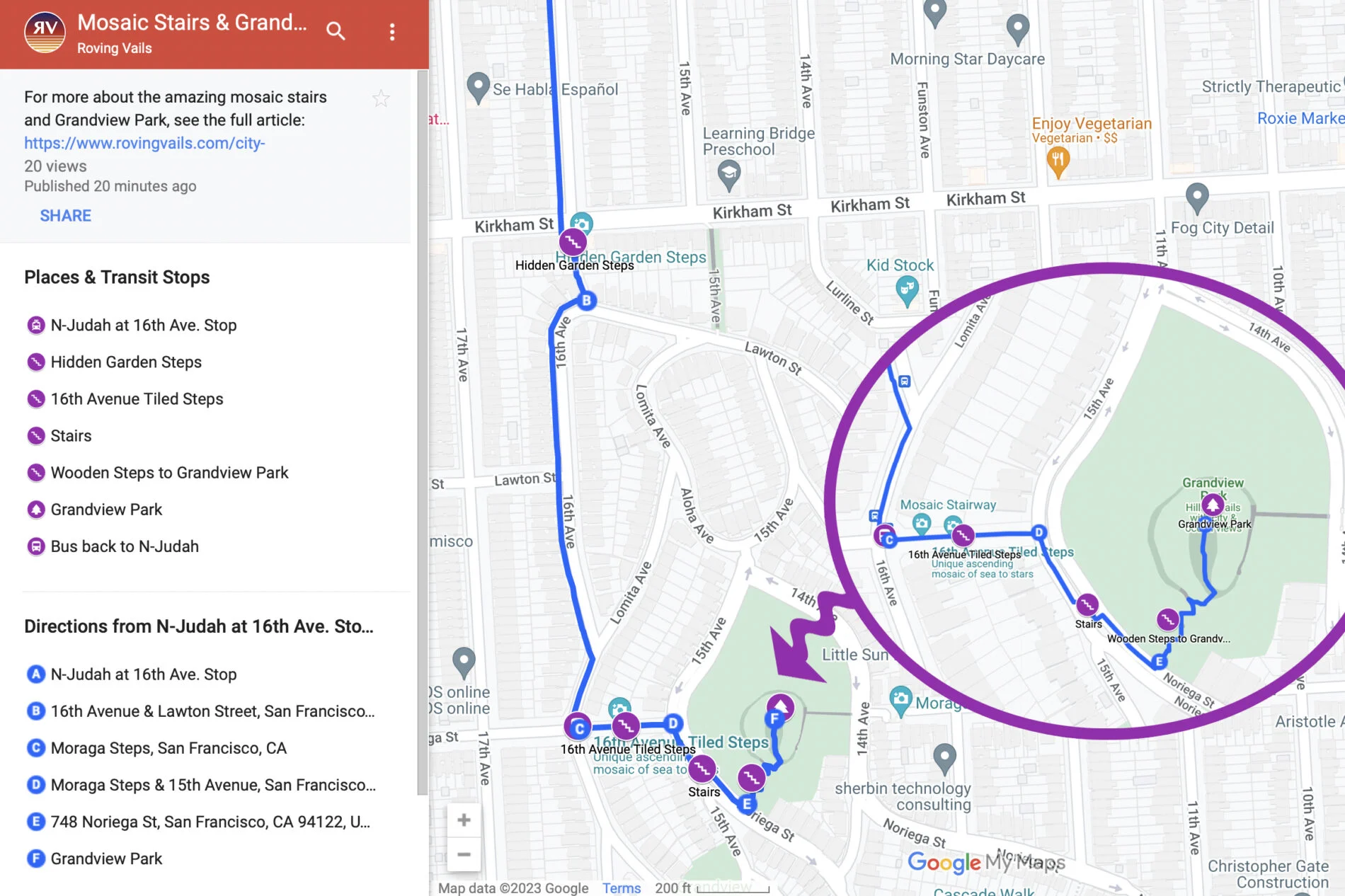
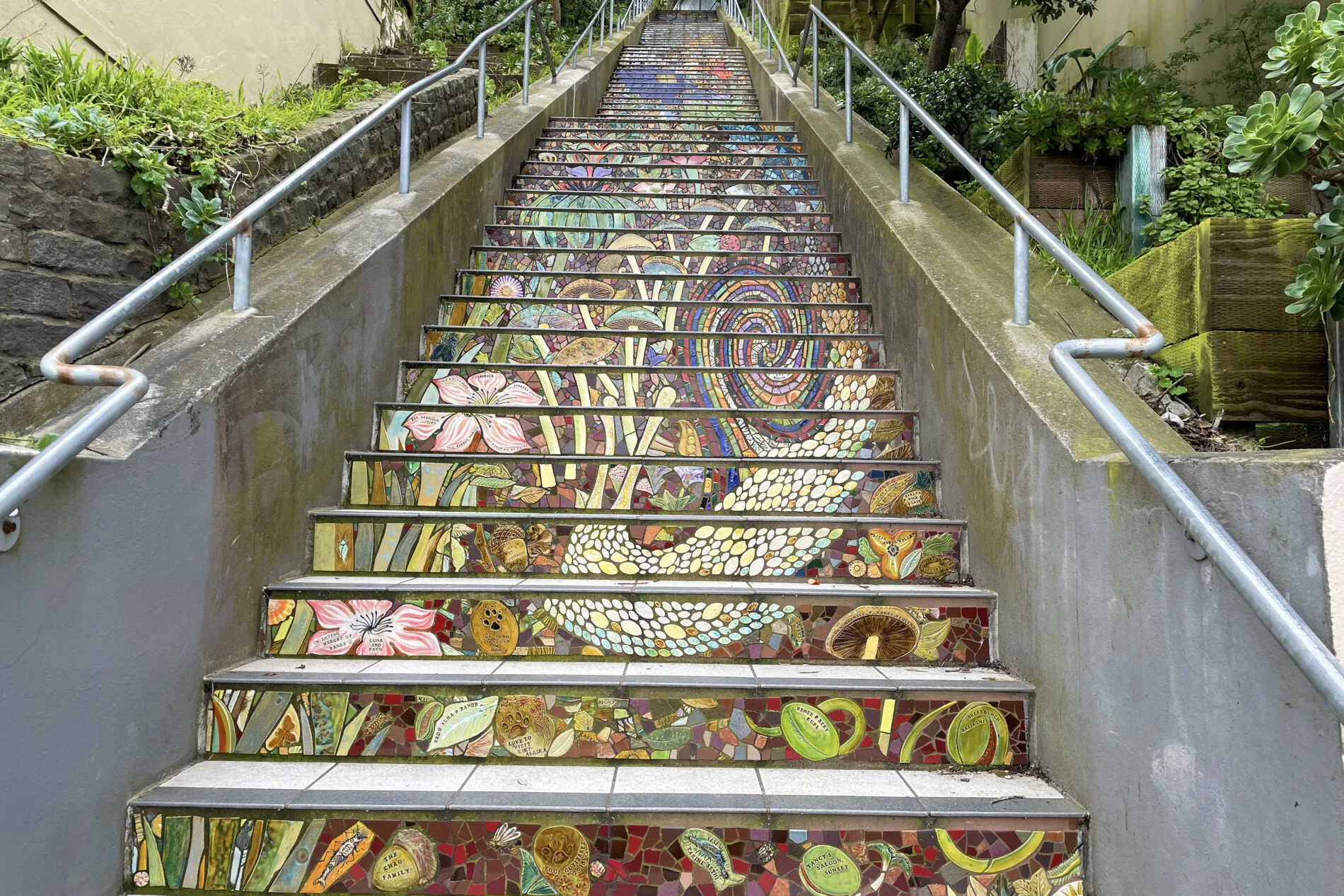
Hidden Garden Steps
The Hidden Garden mosaic mural transformed an ordinary staircase between Kirkham and Lawton Streets into a beautiful native California wildlife scene. There are very large elements like a giant colorful snail, wild mushrooms, a poppy, butterflies, and dragonfly, and there are lots of small elements too like flowers, leaves, and lots of bugs.
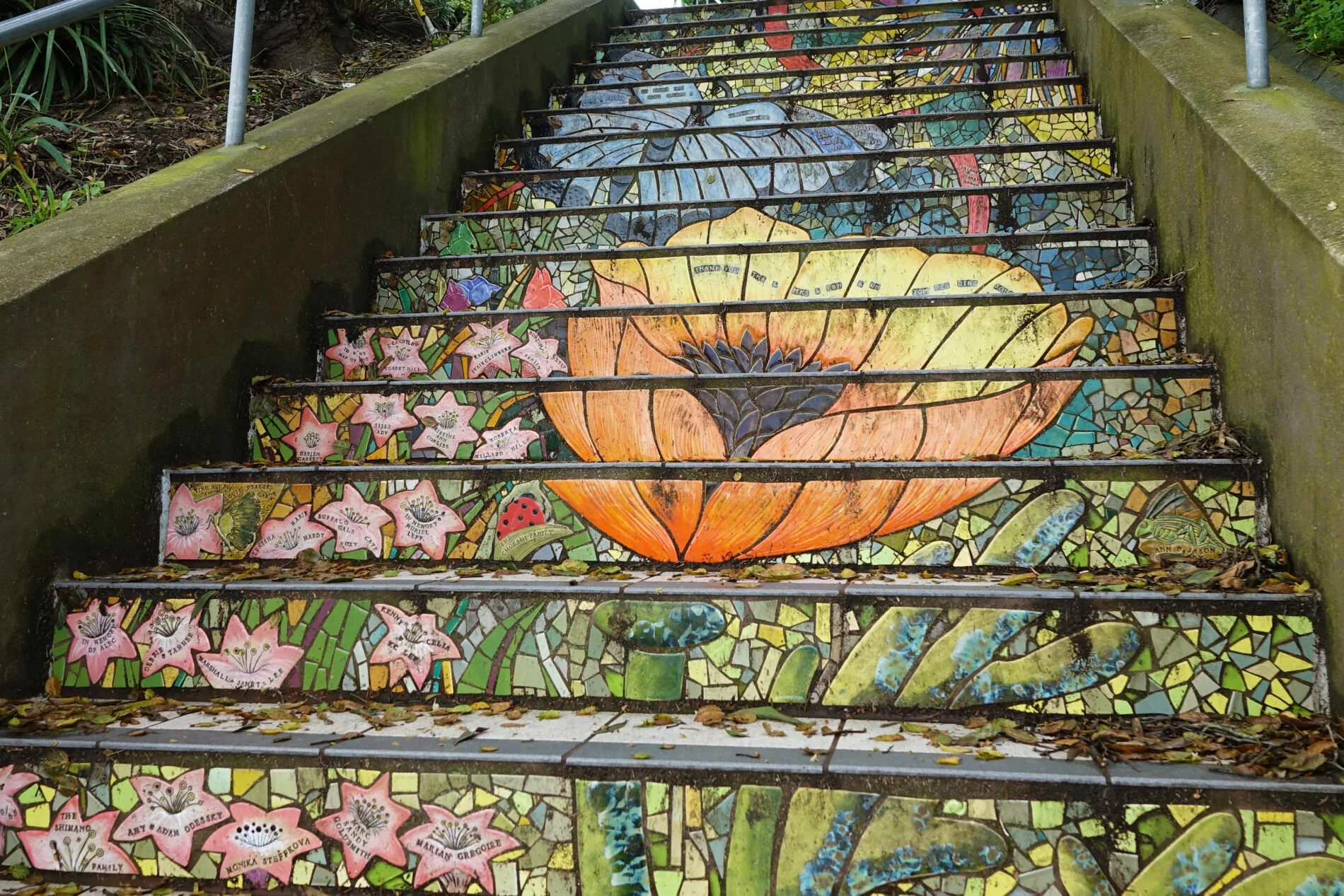
There are 148 steps organized in nine flights. The first four flights are huge with 23 steps in each flight. At the top of the fourth flight, the staircase makes a jog to the left and continues up to Lawton Street with five additional, but shorter, flights. From the bottom, you can only see the first four flights. You won’t see the remaining five until to get to the fourth flight.
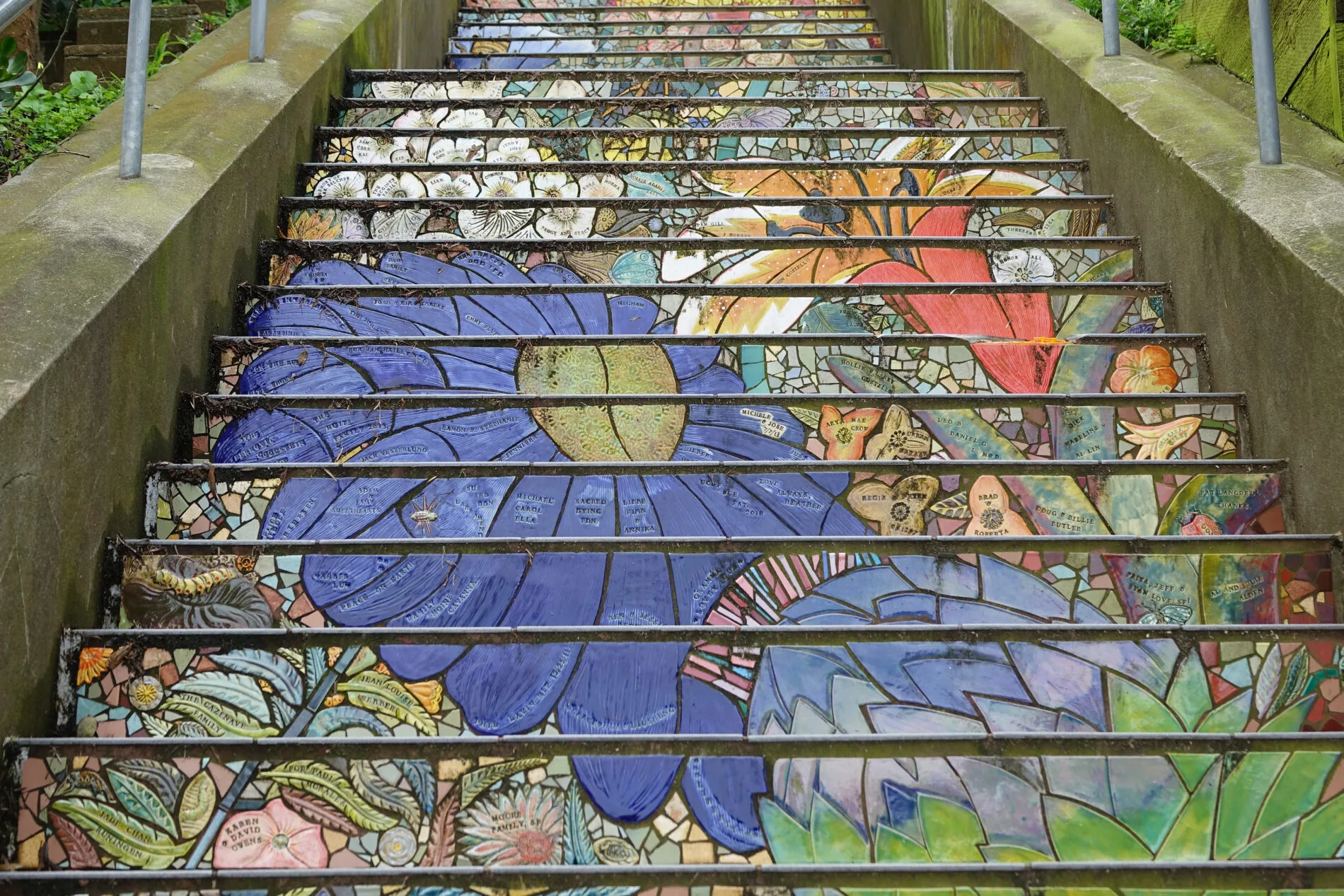
Creating the Hidden Garden Steps
The 16th Avenue Tiled Steps were created a decade before the Hidden Garden Steps, and they were so popular and successful that volunteers in the Golden Gate Heights community decided to create a second mosaic staircase. They completed the Hidden Garden Steps in 2013; it’s on the 16th Avenue steps between Kirkham and Lawton Streets.
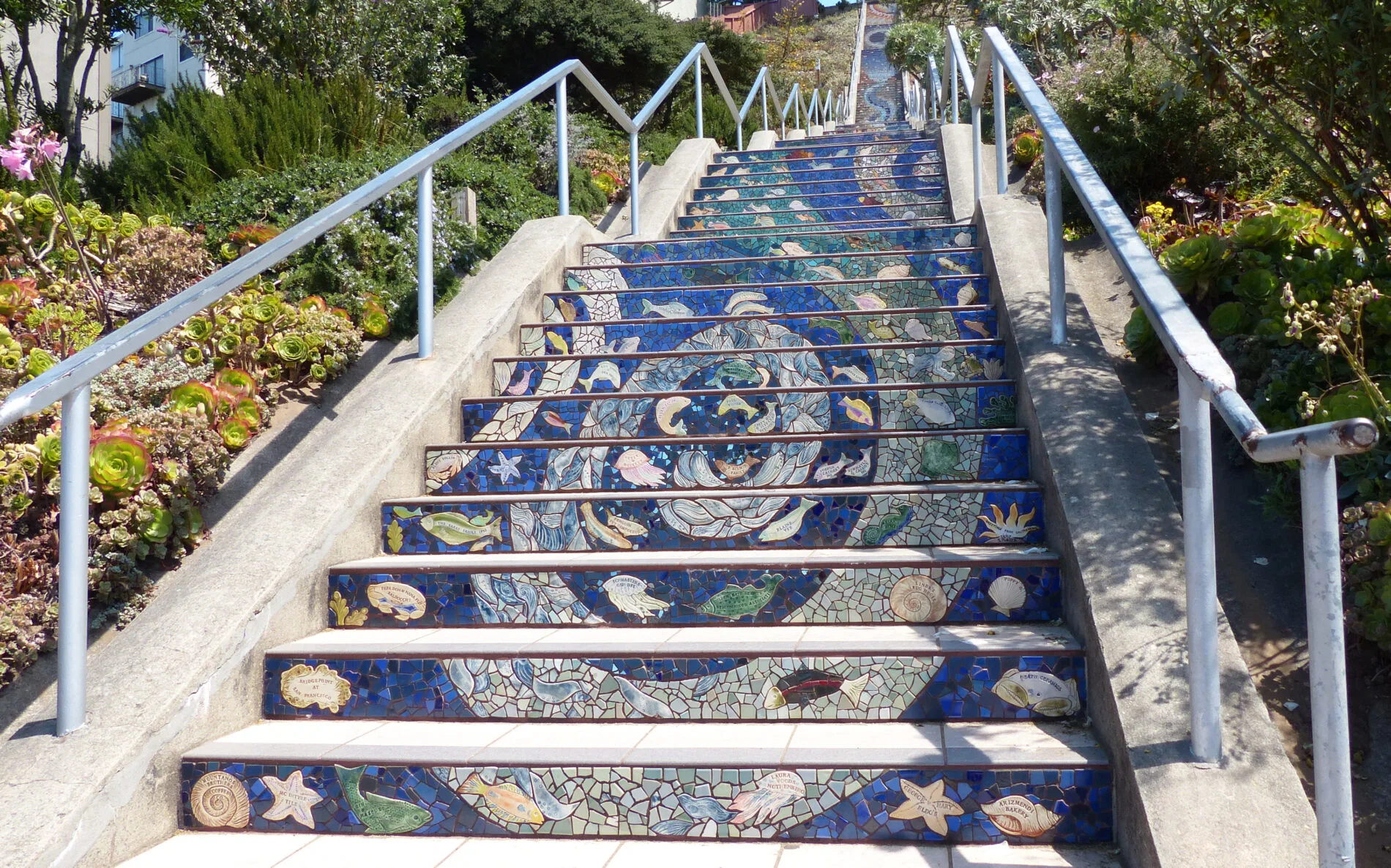
16th Avenue Tiled Steps (Moraga Steps)
The Sea to Sun themed mural flows from the deep blue sea at the bottom to the brilliant sun at the top. The colors are vibrant, the creatures are whimsical, the sparkling river flows from the mountains to the sea, and the moon shines with inlaid bits of mirror. It’s magical, and it’s a great trek for children too — just turn the stairs into a safari and see how many creatures they can find.
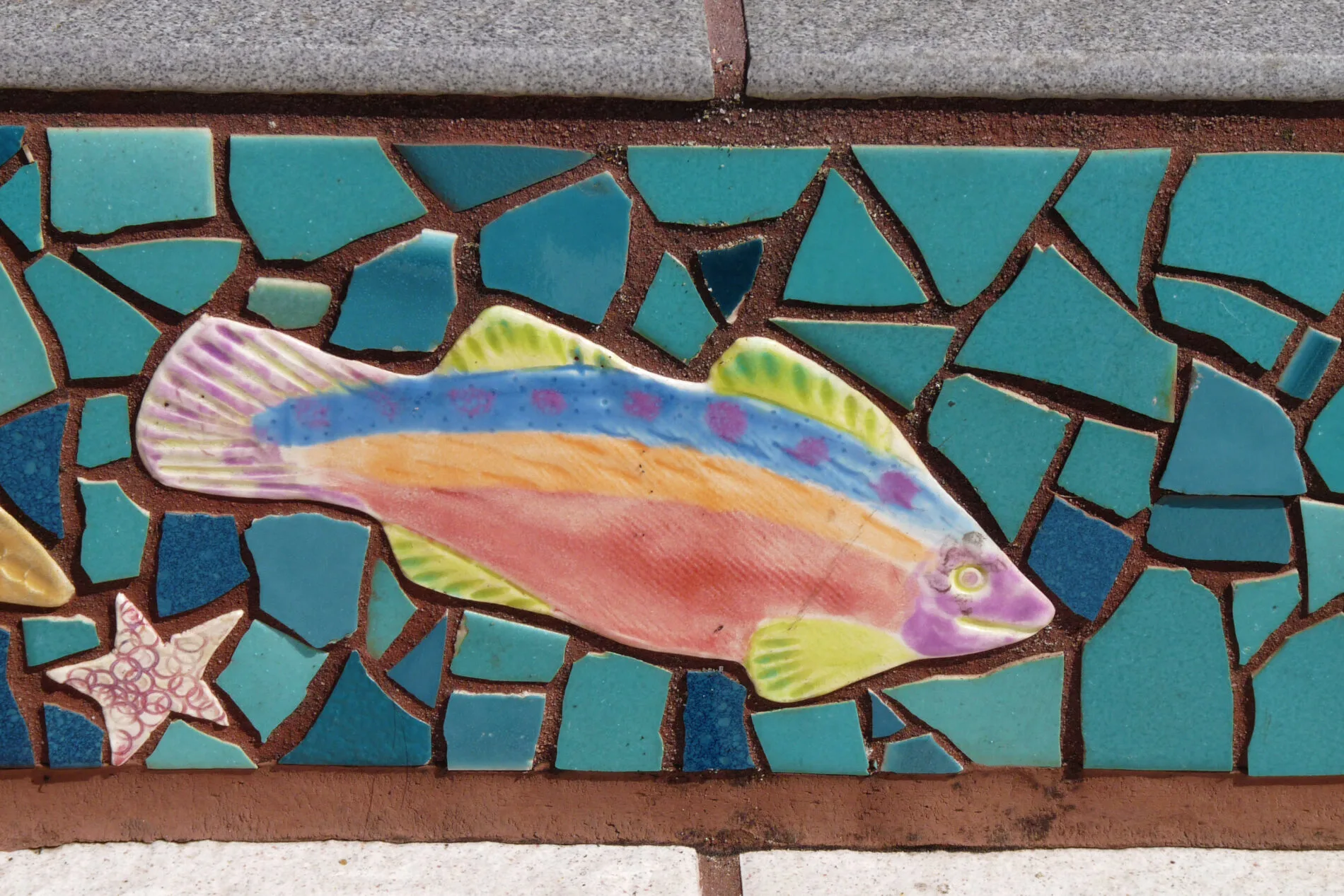
Creating the 16th Avenue Steps
The 16th Avenue Tiled Steps are a work of art on what was once an ordinary block-long concrete staircase. The staircase, between 16th and 15th avenues is where Moraga Avenue would be if the hill were not so steep. There are 163 steps in all. Officially, they are called the 16th Avenue Tiled Steps, but they are also referred to as the Moraga Steps.
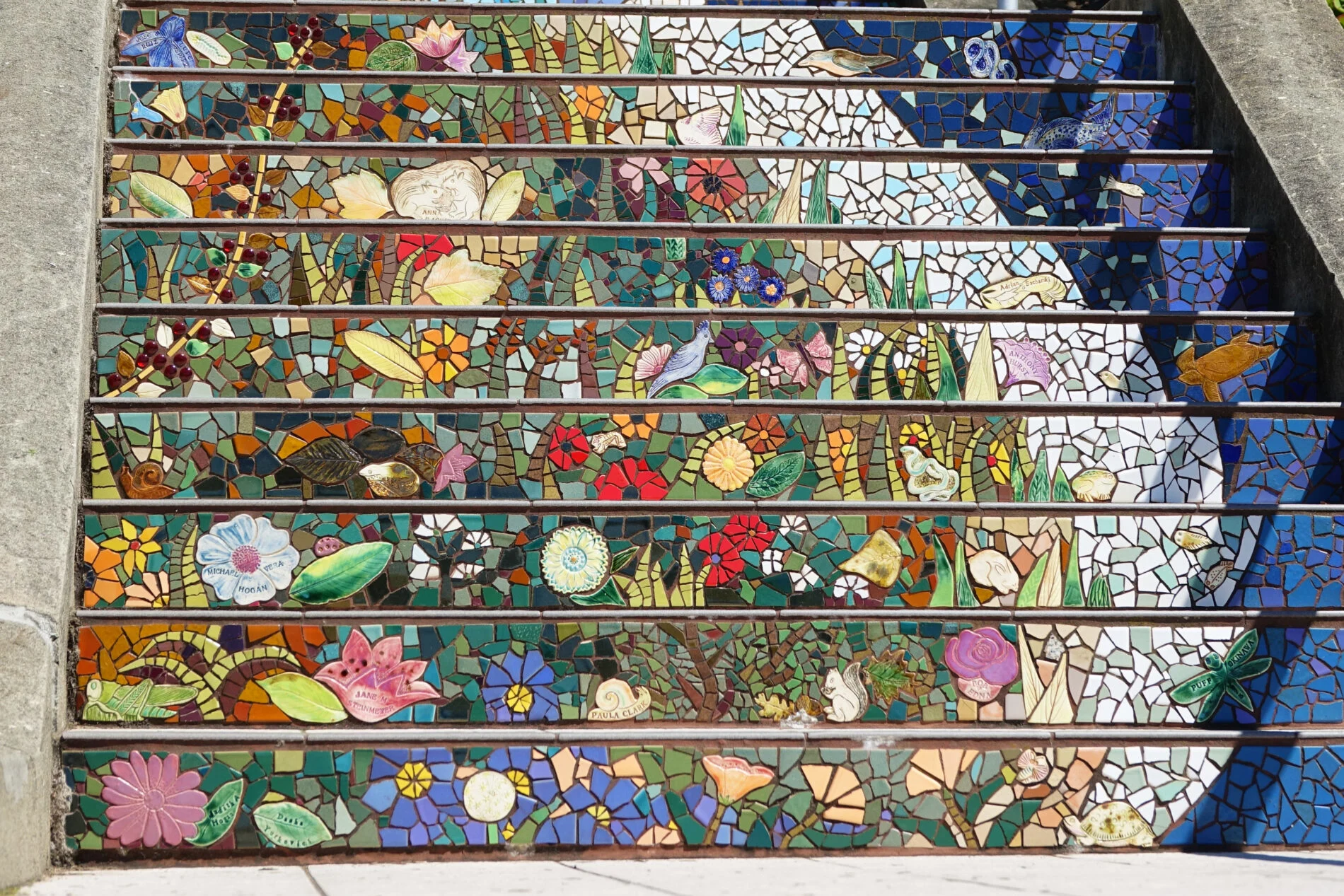
The mosaic project started in 2003, when a group of neighbors in the Golden Gate Heights decided to transform the steps in their neighborhood into a work of art. They pooled their time, talent, and money and designed and crafted what must have been hundreds of handmade tiles. Then they formed the tiles into gorgeous glazed mosaic panels and installed them on the staircase risers.
True Story: While standing at the bottom of the 16th Avenue Steps, a woman nearby looked up at the 163-steps and emphatically declared “I am not walking up those stairs.” Just then, the small dog she was holding leaped from her arms and scampered up the stairs. She sighed and trudged up the 163 steps and picked up her dog.
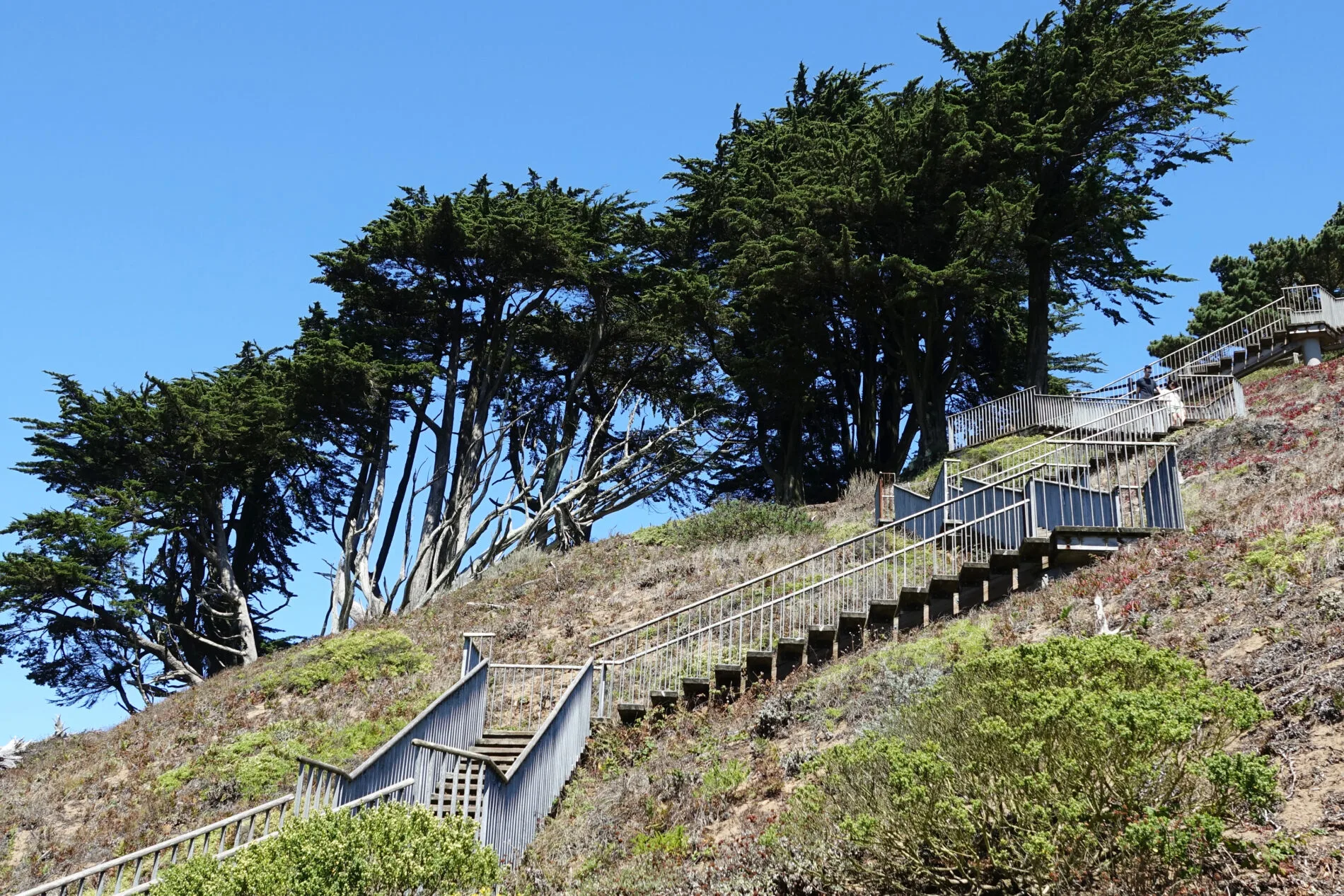
Getting from the 16th Avenue Steps to Grandview Park
After climbing the steps, turn right onto 15th Avenue and walk about 130 feet (40 m) to a short flight of stairs up to the next street. Turn right again and walk about 170 feet (52 m) to the zigzag wooden stairs leading up the hill to Grandview Park.
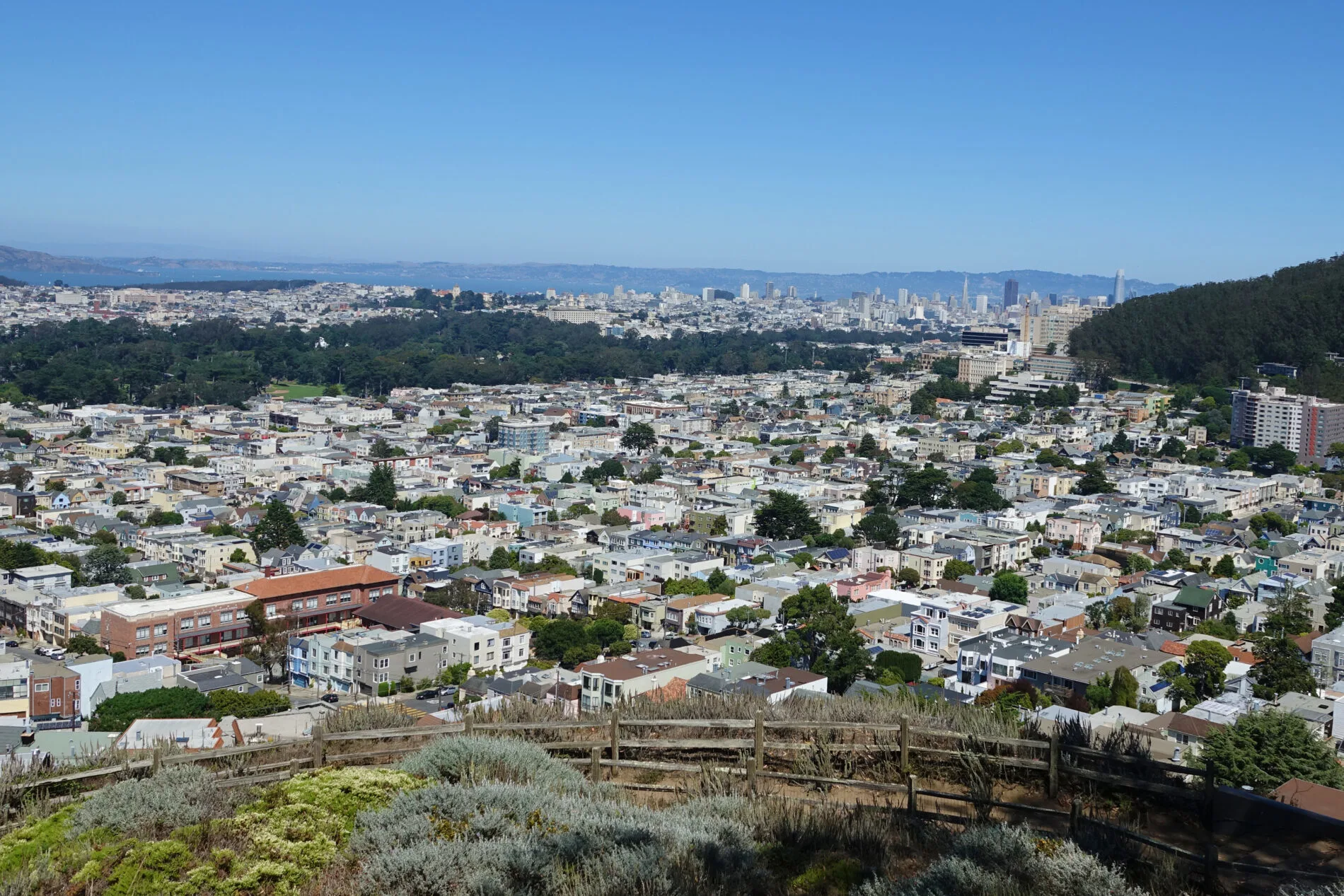
Grandview Park on Turtle Hill
Grandview Park is at the top of a 666-foot-high (203 m) hill in San Francisco’s Sunset District. It’s not the highest hill in the city, but its views are certainly grand. The hill is topped with windswept Monterey Cypress trees, and a sandy trail circling the crown of the hill provides amazing 360-degree views.
On a clear day, walk around the sandy trail and you’ll see Golden Gate Park, San Francisco Bay, the city skyline, Mt. Sutro, Twin Peaks, the Golden Gate Bridge towers, Seal Rock, and the Pacific Ocean.
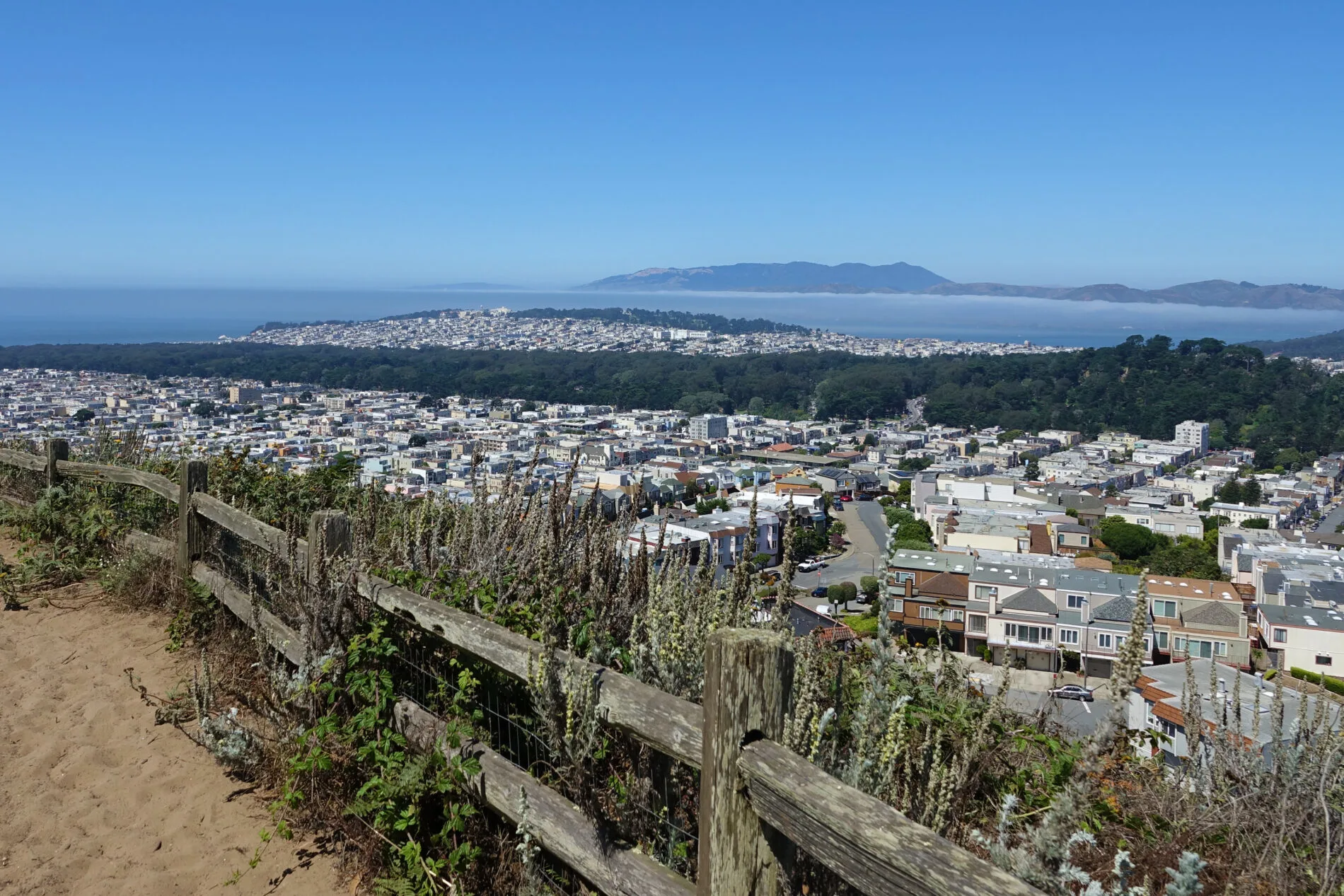
The hill doesn’t have an official name, but locally it’s called Turtle Hill. Viewed from a distance, it’s easy to see why. Grandview Park, at the top, is only about 1-acre, and it’s only amenity is a green park bench.
Turtle Hill, is a remnant of the dune islands that once covered the area. It’s composed of sedimentary rock called Franciscan chert formed in an ancient tropical seabed. It’s also home to native flora and butterflies. With luck, maybe you’ll see one of the endangered and elusive green hairstreak butterflies.
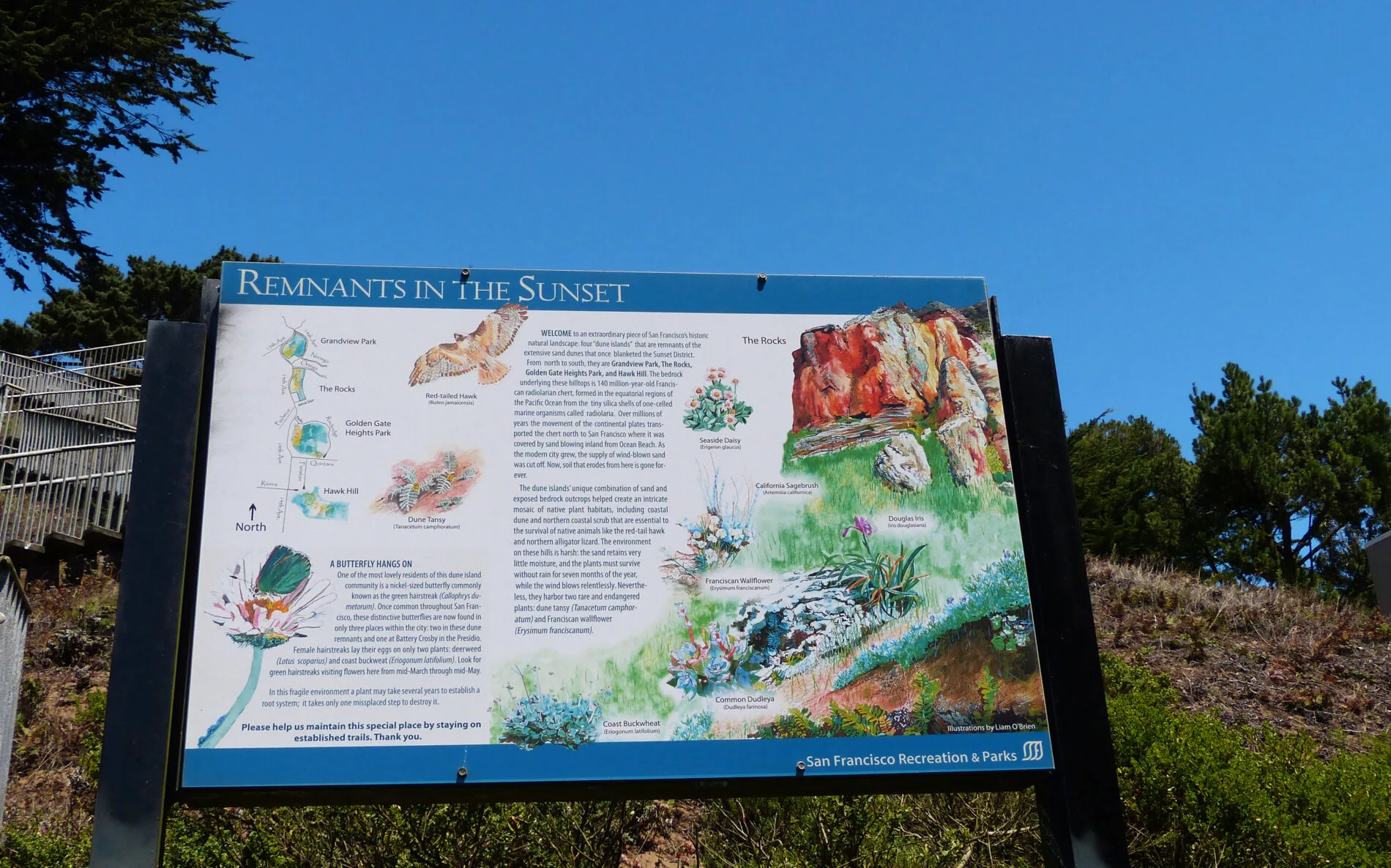
Best Time to Go
The weather is generally better in the spring and consistently best in the fall. Neither rainy (winter) weather nor foggy (summer) weather would be good for this trek. Clear days are best for the views from Grandview Park, and fortunately, there are nice sunny days scattered throughout the entire year.
I took most of the mosaic steps photos on a thinly overcast March morning. I got great filtered light for the stairs without distracting shadows. The shots from Grandview Park were taken in August on a sunny, slightly hazy day.
Getting There: Parking and Public Transit
- Parking: Street parking only. It’s not restricted, but it can be scarce.
- Public Transit: Take an N Judah Muni Metro (toward Ocean Beach); get off at 16th Avenue. Walk south (uphill) on 16th to Lawton, and you’ll be at the bottom of the Hidden Garden Steps.
- Another Public Transit Option: The 66 Quintara bus stops (in both directions) at both the top of the Hidden Garden Steps (Lawton and 16th) and at the bottom of the 16th Avenue Tiled Steps (16th and Moraga).
For details about fares, ways to pay, and transit apps, visit our related post: Sightseeing San Francisco Using Public Transit.
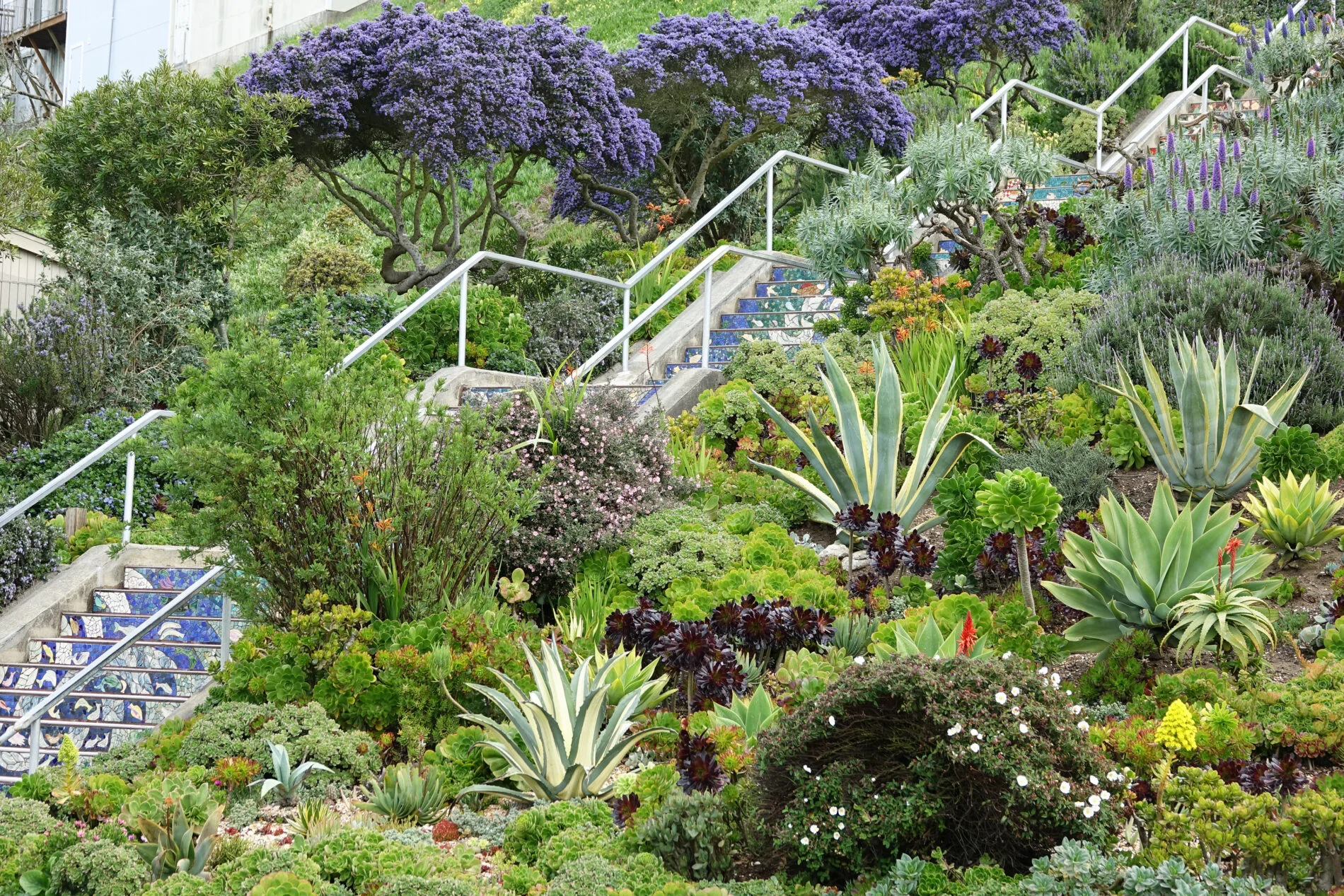
Conclusion
I love this hike and have done all or parts of it several times. The two mosaic staircases are beautiful works of art and you have to be impressed with the time, talent, effort and money the neighborhood volunteers invested to create them. And there is no location in San Francisco that I’m aware of that has better views than Grandview Park.
Our Hiking in San Francisco post has brief details about our favorite hikes. We also have separate posts for each hike with a map, photos, and more detailed information:
- Lands End Trail: Ocean Views
- Golden Gate Promenade: Waterfront Trail, Best Views
- Barbary Coast Trail: Self-Guided Walking Tour
- Mt. Davidson: Scenic Trails, Sweeping Views
- Mountain Lake Trail: Presidio Hike
- Golden Gate Park: Trek from End-to-End
About the Author
Ginny Vail is a travel writer who loves travel planning, sightseeing, photography, and videography. She’s visited all 50 states and traveled around the world. Her articles focus on discovering places to go, sights to see, and details about when and how to visit them.

